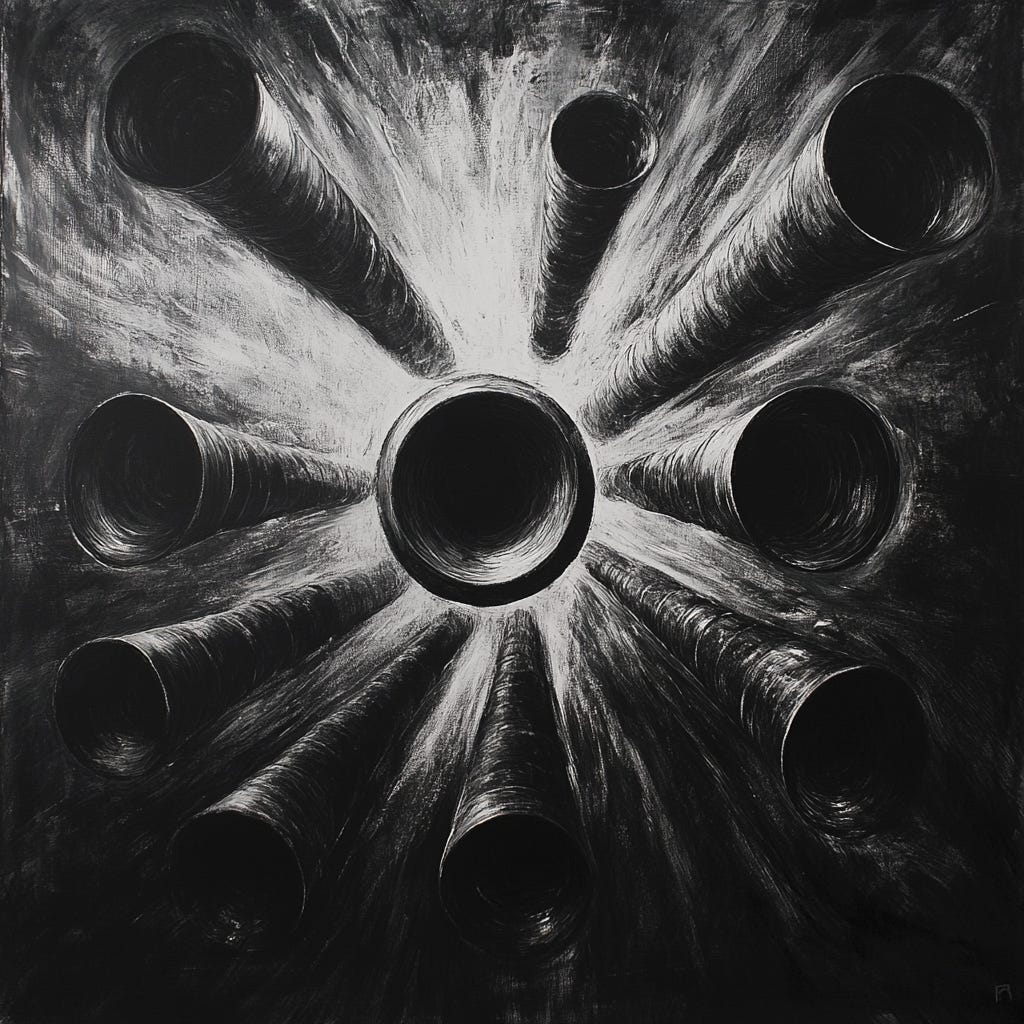
Metadata
- Author: John Cutler
- Full Title:: TBM 348: Shared Understanding at Scale
- Category:: 🗞️Articles
- URL:: https://cutlefish.substack.com/p/tbm-348-shared-understanding-at-scale
- Read date:: 2025-03-31
Highlights
Flat Weekly Review The WBR-like example demonstrates the mix of factors needed to make high-volume review productive:
- Consistent presentation makes it easy to scan and compare items quickly.
- The WBR is a highly choreographed ritual with repeating patterns. This rhythm makes it easier to process information, and the shared norms help people know what to expect and how to participate.
- There’s an expectation that people with relevant context will be in the room. The interface doesn’t need to contain all the information, but just enough to flag issues and trigger follow-up from the right people.
- Diverse initiatives can be represented as long as there’s a common interface. Compression is available, but it’s useful compression—it reduces noise without removing meaning. Lesson: Scale requires shared interfaces, lightweight structure, and reliable rituals. When people know how to read the information, how to participate, and when to dig deeper, they can review hundreds of diverse efforts effectively. The goal isn’t to eliminate complexity, rather it’s to make complexity legible. (View Highlight)
New highlights added 2025-03-31
Concept: Cascade Flattening (View Highlight)
in the right direction. (View Highlight)
The middle layers? They help you think through the structure, but they’re just sitting there in practice. You’re not interacting with them. You’re not making decisions at that level. Without dedicated rituals or attention, those middle layers become stale and useless. (View Highlight)
If the entities actually mean something and are reinforced through rituals and attention, it’s one thing. (View Highlight)
Concept: Volume, Filters, and Interfaces (View Highlight)
What do you notice about the various named frameworks and models below? (View Highlight)
The basic idea is that you start by taking in information, try to make sense of it, identify options, assess those options, prioritize and sequence what you might try, and then try it (course-correcting along the way). You can apply this pattern at the highest level of strategy. You can also apply it to a trivial development task. The shape is familiar, but the scale, timing, prescriptiveness, and rhythm vary. (View Highlight)
The trap is assuming all these loops are neatly nested and synchronized. (View Highlight)
 (
(